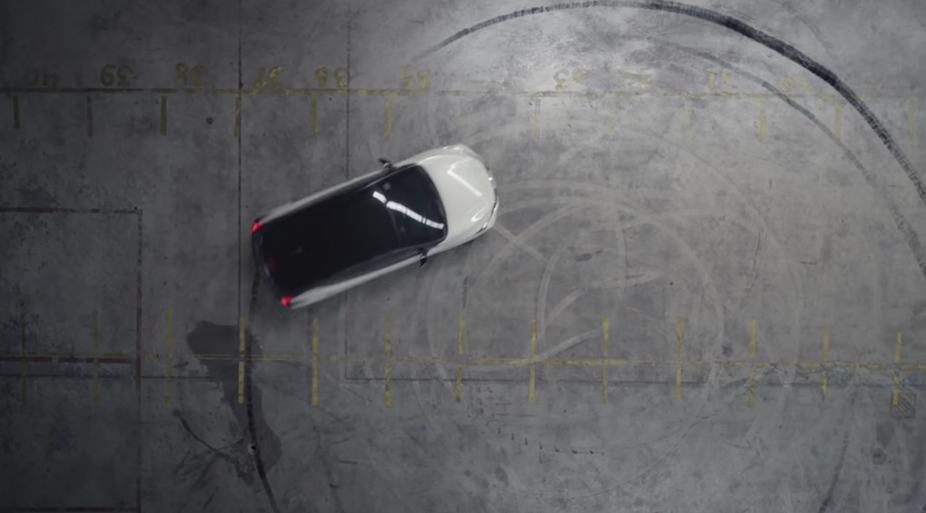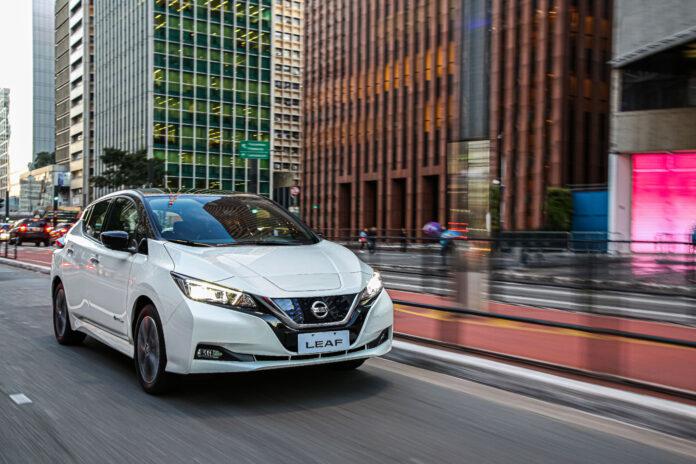The Philippines is gearing up for a major shift in the automotive industry to electric vehicles (EVs) as Nissan prepares to bring the much-awaited Nissan LEAF to the Philippines. But before the icon of Nissan Intelligent Mobility arrives in the country, Nissan shares the top four electric vehicle myths and debunks them all.
Myth #1: EVs are slow
A recent experiment raced the Nissan LEAF against the fastest elements of nature —fire and wind, with the famous EV winning with its celebrated acceleration from 0 to 100 km/h in just 7.9 seconds. With lesser moving parts, and a powerful electric motor, an EV accelerates faster than a regular engine car. With over 70 years of EV expertise, Nissan has designed the e-Powertrain that puts electric power straight to the wheels for instant acceleration, making the Nissan LEAF quicker on the start, for a smooth and very responsive drive.

Myth #2: An electric vehicle’s range capacity is limited
On a fully charged battery, the Nissan LEAF can cover 311 kilometers. If you consider that the average daily drive around Metro Manila is 13.2km., you can drive around the National Capital Region in a fully charged Nissan LEAF for up to three weeks, without having to worry about an empty battery. For out-of-town trips, the Nissan LEAF can take adventurers up to Baguio (246.6km from Metro Manila) before you need to recharge.
Also, the Nissan LEAF’S ePedal combines both ease, excitement and innovation in EV technology. The innovative feature also enables you to drive using one foot pedal, allowing you to accelerate and brake depending on the foot pressure. Even more impressive, Nissan’s ePedal is part of an advanced regenerative braking system, meaning the car will even recover a little bit of charge every time you brake.
Myth #3: Charging is a pain for electric vehicles
A common misconception is that electric vehicles can only be charged using quick charging stations. Although the Philippines currently has around 14 charging stations that are ready for the Nissan LEAF, most electric vehicle owners prefer to charge at home, since it is the most convenient option. Similar to charging one’s mobile phone after a long day’s usage, the Nissan LEAF can be plugged into a regular electrical socket to charge it overnight. Charging with the universal cable usually takes about 12 to 15 hours to fully charge the Nissan LEAF.
For faster charging, users have the option to install a special wall box to speed up the charging time to 5 to 7 hours.
Myth #4: Electric cars are not exciting
With the Nissan LEAF as the icon of Nissan Intelligent Mobility, the possibilities of a safe, fun, and exciting driving experience are endless. What’s more exciting than an electric vehicle producing zero emissions and virtually no sound while drifting? In this exhilarating and adrenaline-pumping demonstration, the Nissan LEAF showed how easily the mass-produced EV can churn out both maximum torque and force, while delivering virtually silent donuts and burnouts. The Nissan LEAF, with its rapid acceleration of 100km/h in 7.9 seconds, is quick on the start with a smooth and very responsive drive.

“Nissan is a world leader in electric mobility. We are constantly challenging mobility conventions including now—taking the top four myths about EVs, and busting them with our award-winning Nissan LEAF. We’ll never stop daring the impossible,” says Atsushi Najima, president and managing director for Nissan in the Philippines. “We look forward to bringing the Nissan LEAF in the Philippines as a legendary vehicle that has been continuously refined since its first introduction in 2010. Helping to bring an inspiring, innovative and human-centric future for the Philippines.”
